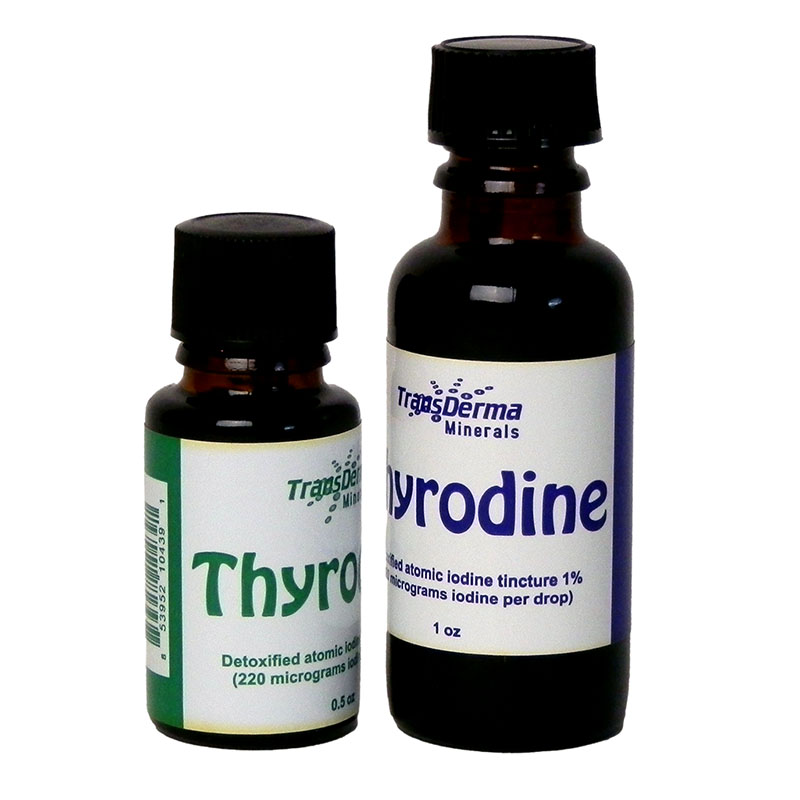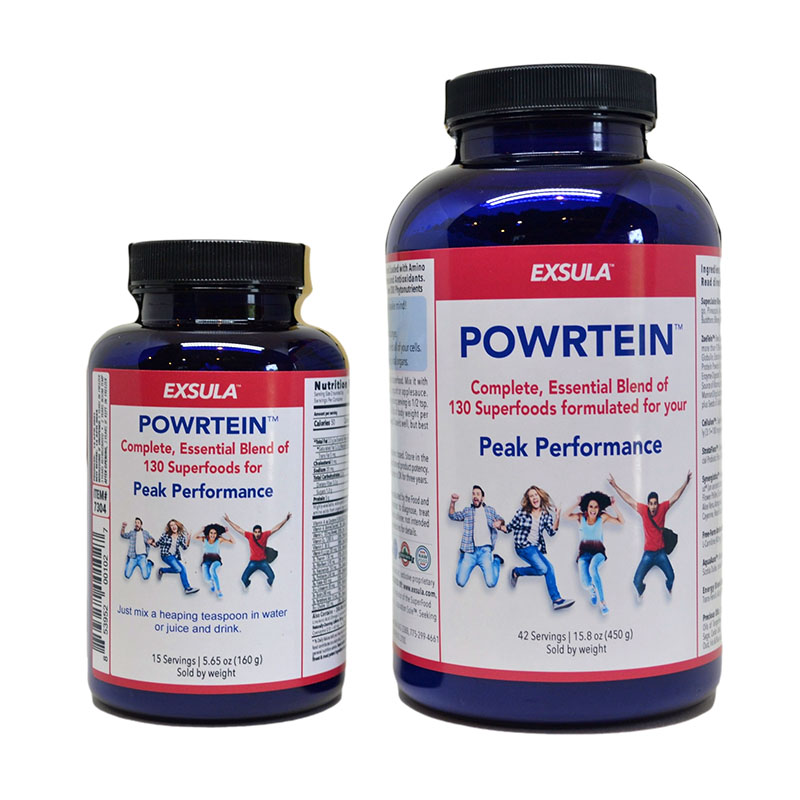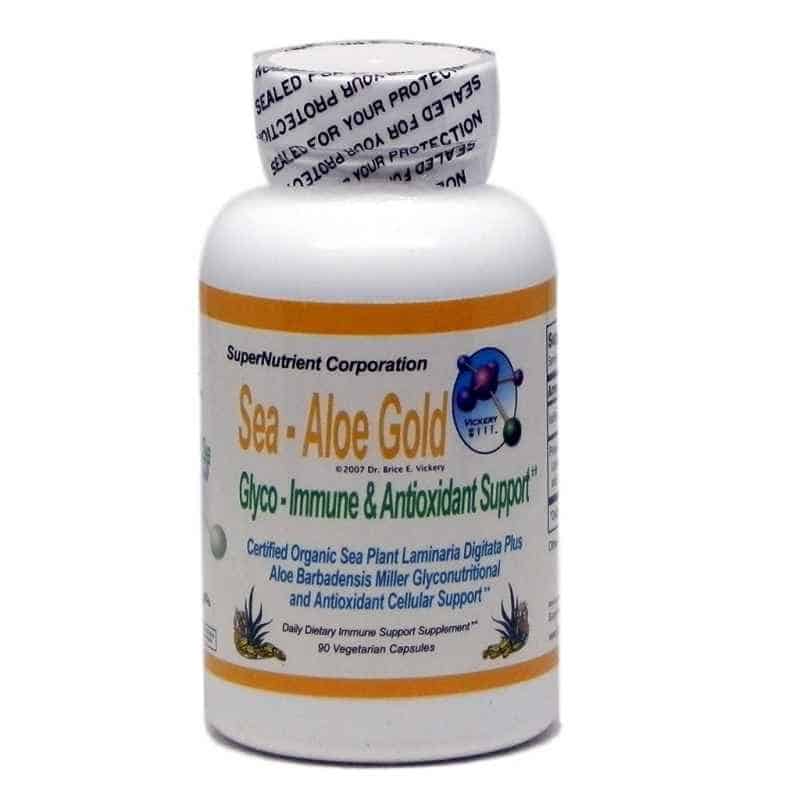No products in the cart.
Stay Cool: The Healing Power of Cold
I was born in a small town in the mountains, where winter lasts seven months of the year (we used to joke about only having two seasons each year: winter and a hell-of-a-winter), and I lived there for 25 years of my life. Winter is my favorite season! I don’t really mind being cold, I actually prefer it over crazy high summer temperatures. I would much rather put on two more pairs of socks and a sweater than drown in my own sweat in the summer heat, unable to take off anything more. The only thing I really despise is cold water. I would much rather stand naked in a pile of snow than brush my teeth using cold water (I know snow is wet as well, but it is not the same thing!). So when I learned about the health benefits of ice cold baths and showers, I thought to myself: why does it always have to be something uncomfortable?
Well, we know that nobody gets healthy by just sitting on the sofa, munching on potato chips, sipping on soda, and watching TV all day, but cold showers?! I learned about the health benefits of cold water from a man whom I deeply respect and trust, so it really sparked my interest and I decided to look into this topic and explore the science behind it, as well as try practicing it myself. I have already heard about cryotherapy and I was always really interested in trying it because of all the positive effects it can have on immunity, recovery, inflammation, and metabolism. WellnessMama has a great post about cryotherapy worth checking out! But public cryo-chambers are not available everywhere and they are not very cheap to use. The cold water therapy was very intriguing to me because everybody has the option to take a cold shower at home for no extra fee.
THE ICEMAN
Have you ever heard of Wim Hof? This man, nicknamed The Iceman by his followers and fans, claims that his breathing techniques and ice cold water therapy (officially labeled as the Wim Hof Method – WHM) are able to heal, prevent, and manage a wide range of health conditions, including diseases linked to immunity. He even says that using his methods, you can literally learn to control your own autonomic nervous system and immunity. This really appealed to my inner scientist, because these are pretty bold statements I usually am skeptical about. But if you read this post, you might remember that I felt the same way about yoga before I tried it and fell in love with it. The Radboud University Medical Centre studied WHM extensively with 24 people who practiced this method, and the results were really amazing. In early 2017, a book called The Way of the Iceman was published, bringing all the details about WHM to all the people in the world, so everyone can learn about the amazing benefits of Hof’s methods from the comfort of their own home.
In 2009, Wim Hof ran a marathon at -16°C (3.2°F), wearing nothing but shorts, and sandals without socks. He swam in the canals of Amsterdam in winter, and he trained in the freezing room at a slaughterhouse where the temperature was -25°C (-13°C). In January 2014, he decided to climb Mount Kilimanjaro with a group of people he had trained. These people were no athletes: they were a group of patients with conditions like multiple sclerosis, rheumatism, Crohn’s disease, and cancer, with no climbing experience. They all followed Hof’s methods before the climb and with two exceptions they all reached the peak of the mountain in 48 hours, bare chested and wearing shorts. These chronically ill people would never have thought they could be capable of something like this before they committed to regular ice cold hydrotherapy and mindful breathing exercises. So what is it about cold water combined with controlled breathing that is so magical and healing? “I am a scientist, my body is my laboratory,” says Wim Hof. So let’s break down the science!
WHAT IS THE AUTONOMIC NERVOUS SYSTEM?
We already discussed the autonomic nervous system (ANS) in our post about yoga, but let’s go into more details here to understand the impact of cold exposure and controlled breathing. As the name autonomic suggests, this system in the body works on its own without our control. Our body is active every second of our lives. Our heartbeat, breathing, digestion, circulation, blinking, temperature control – all these processes happen automatically, controlled by the ANS. We can sleep and our body will still do all the work. The ANS has two parts – the sympathetic and parasympathetic systems. The sympathetic system works as a gas pedal in the body (we know this as the fight-or-flight response), the parasympathetic system is a brake pedal (causing a reaction we know as the rest-and-digest response). These two parts of the ANS work in response to stress, and this can be any type of stress – exercising, experiencing a breakup, having a lack of sleep, cutting a finger, having a hard day at work, or an immediate danger.
Even positive stress like a wedding or a date causes the sympathetic nervous system (SNS) to cause a chain of physiological reactions. When we face a stressful situation and get into fight-or-flight mode, our heart rate goes up, breathing becomes more shallow and rapid, and the whole body is basically called to action (to either fight the potential danger or run away from it). Our digestive system stops working, so all the blood can be moved to our muscles and brain, and all the energy can be used to deal with the danger. Once the stressful situation is over, the parasympathetic nervous system (PNS) calms the body back down, heart rate and breathing slows down, blood flows back into our internal organs and the skin, digestion can continue, and the body can start to recover and heal again, in the event that any damage was caused during the fight-or-flight period.
The more stressful situations we face in life, the less time our bodies spend in the calm, healing rest-and-digest period. Have you ever experienced digestive distress before traveling? Your body might be stressed about the idea of a long flight, you might be nervous about forgetting something important at home, or thinking about something at your destination. You are in the fight-or-flight mode without even realizing it and your digestive system has a hard time working properly because of that. This is a big problem when you deal with chronic stress (whether it’s caused by your work, relationships, or conditions like PTSD or Mast Cell Activation Syndrome that keep your body in a state of stress), because your body is constantly alert and doesn’t have the time and energy to heal, rest, and recover. This is not news in the medical field; in 1989, Dutch scientists Pieter Langendijk and Agnes van Enkhuizen wrote a book (unfortunately never published in English) about the relationship between different parts of the ANS and stress, mental health, and physical illness. Studies published in this book show a direct correlation between decreased PNS activity and health issues, both mental and physical. It also says that breathing exercises can activate your PNS and support healing and recovery.
HOW DOES BREATHING AFFECT OUR HEALTH
In our post about meditation, we learned how mindful breathing actually helps us to get into and stay in the rest-and-digest mode. Meditation doesn’t require any spiritual or religious background, and many meditators use mindful breathing techniques to calm down their body and mind, to slow down a bit in the busy world, to disconnect for a while from all the stressful events of daily life. Many people have a resting breathing rate at anywhere between 13 and 22 breaths per minute. When you focus on slowing down your breath (and go as low as 6-10 times per minute), you get more relaxed and calm. Slow, mindful, controlled breathing actually activates the PNS, and as your heart rate slows down a little, you will improve the ratio of oxygen to carbon dioxide (CO2) in your body. Ukrainian doctor Konstantin Buteyko (1923-2003) discovered that slower breathing helped to manage symptoms for those who suffered from asthma, high blood pressure, and anxiety. He also found out that people with conditions like asthma, allergies, sleeping problems, panic attacks, chronic fatigue, myalgic encephalomyelitis, and fibromyalgia tend to breath more rapidly, which caused increased heart rate and decreased activity of the parasympathetic nervous system.
When we think of CO2, we usually think about air pollution, but carbon dioxide is very important for our health. It is essential for keeping our blood vessels open, so the oxygen can reach everywhere in the body that it is needed. The ideal ratio of O2 and CO2 in the body is 3:2, and this ratio is best achieved when breathing calmly and slowly. Just imagine how hard it can be to breathe when you are running up the stairs. You might even get light headed as a result of not getting enough oxygen in all of the important parts of the body. This is because there is not enough CO2 in the body to keep those tiny blood vessels opened. Incorrect breathing can cause all kinds of issues, including pain in the neck and shoulders, digestive issues, and heart palpitations. Breathing exercises and activities like yoga or meditation that focus on mindful breathing are often recommended for people who deal with digestive issues, anxiety disorders, fatigue, and chronic pain.
WHY COLD SHOWERS?
Now you might be thinking: Wait, you keep talking about breathing and heart rate, where does the cold water you mentioned earlier fit into this? We as humans are comfortable at temperatures around 20-21°C (68-71°C). In winter, we turn the furnace on to keep ourselves cozy, and in summer we use air conditioners and fans in our homes, vehicles, and office spaces to bring the heat down. We are used to constant temperatures, because it feels the most comfortable. When the temperature drops drastically, our breathing gets faster and our heart rate goes up. If you don’t believe me, try jumping under an ice cold shower right now, or plunging into a glacier fed lake if you have one handy. What did it do to your breathing? You probably were only able to breathe very shallow and very fast and your heart started racing, and you probably weren’t able to stay under the freezing water for longer than a few seconds.
When you step into the ice cold water, your body automatically closes off blood flow to the less vital parts of your body and keeps the blood, oxygen, and heat near the heart. That is why frostbite happens – there is no blood flow in the parts of your body that are the furthest away from your heart when your body temperature falls below 35°C (95°F). Your body is ready to literally sacrifice your fingers and toes in order to keep all the necessary blood and oxygen near your heart. Your body is very smart, and we can all agree that our heart, liver, lungs, and gut are more important than little toes on the left foot. When your body warms up, the vessels open up again and your blood circulation goes back to normal. By exposing your body to cold temperatures, you can actually train your blood vessels by forcefully closing them and letting them open again. This is very similar to training your muscles. At first, your arms might feel weaker when you start doing pushups, but with time and practice, they get stronger and stronger.
To quote Wim Hof: “You benefit from having stronger arms even when you are not doing push-ups in the same way that you will benefit from having open blood vessels when you are not cold, but you can train them by exposing them to the cold.” The power of the Wim Hof Method lies in combining cold water exposure and controlled breathing. Once you are able to train yourself to breathe slowly and mindfully under a running cold shower (or while sitting in an ice cold bath or a pile of snow), you basically train your autonomic nervous system to activate the parasympathetic part even in a relatively stressful situation (which in this case is ice cold water). This means you can influence your autonomic system, which is a really groundbreaking discovery. The instant, automatic reaction to cold water is fight-or-flight mode (you know if you tried), but you can consciously activate the rest-and-digest mode, if you want and if you commit to training your body!
Before scientist decided to study Wim Hof and his method, all the evidence and success stories were pretty much anecdotal (though I believe that nothing can substitute personal experience, we need scientific research if we want to support any health claims). But things really took a turn in 2011 when Radboud University Medical Centre in Holland started a long-term study of Hof, his methods, and his students. Hof didn’t just claim that he could influence his ANS (which we already know can be done and there is plenty of evidence for already), he stated that his method made him capable of influencing his immune system. Researchers injected his body with an endotoxin and his body was able to deal with it without a negative response. Two years later, researchers selected 24 young male volunteers, divided them into two groups, 12 of them learned WHM for a week and the other 12 did not. Then they were also injected with the same endotoxin. None of the men in the first group were affected by the toxin, while the second group showed varying responses like flu-symptoms, fever, and headaches.
Professor Peter Pickkers from Radboud UMC led the research team and even though he remained very cautious at the beginning, after seeing the results he came to believe that people are able to influence their bodies more than we might think. If you are interested in reading all the details about the research, I strongly recommend grabbing a copy of The Way of the Iceman –there is so much more to know about the WHM. Neither Hof nor Pickkers claim that we can heal cancer or other chronic illnesses by simply breathing slower and taking cold showers, but the fact that we can influence our ANS is highly significant information.
Biochemist and immunologist Pierre Capel believes that meditation, breathing techniques, and cold training can offer many possibilities in both prevention and treatment, and sees the results of Radboud UMC as only the tip of the iceberg. What we know for sure is that cold hydrotherapy and mindful breathing techniques have no negative side effects and are not dangerous, which is not something we can say about most modern medication (just take a look at the list of side effects of any pharmaceutical drug).
HOW TO START AT HOME?
You don’t need to follow Wim Hof, read his book, watch documentaries about him, or get his app where he describes all the details about how to do WHM along with instructional videos. Even without knowing The Iceman as a big advocate of hydrotherapy, meditation, and breathing techniques, we understand the importance of stress management and increasing the activity of the parasympathetic nervous system in relation to our overall health. Stress does you no good, and chronic stress can cause serious damage. It is the unique combination of cold exposure and controlled breathing that does the trick and it did it for a lot of people, including countless anecdotal success stories.
Cold water also promotes blood circulation, speeds up muscle recovery, prevents muscle soreness, encourages fat loss, and combined with mindful breathing activates your inner thermostat – very soon your body will get used to the low temperatures and what now seems like unbearable cold will feel perfectly comfortable soon. You will basically learn to force your PNS to activate, which promotes healing, regeneration of muscles, digestive health, and provides an energy boost, cell oxygenation, and connects your body to your mind, showing you the real potential of your body.
If you don’t feel like learning the specifics of the Wim Hof Method but still want to benefit from the combination of cold water exposure and breathing exercises, just hop in the shower, use the temperature you are comfortable with, slow down your breathing and gradually lower the temperature of the water. Slowly, steadily, turn the water colder and colder, while still maintaining slow and deep breathing. Don’t feel like you have to reach the coldest water possible on the first day and stand under the shower for thirty minutes. Practice this daily for just a minute or two and slowly get used to the cold, until you are able to stand under an ice cold stream for a minute.
I strongly recommend taking this Wim Hof inspired shower in the morning, maybe after your morning yoga practice – it will energize you for the day! Not only will you get used to colder and colder water, you will soon experience more resilience against overall cold temperatures outside, even in the worst winters. And maybe next December, you will be able to wear just one sweater instead of two while walking your dog in the snow! People who struggle with dysautonomia (or other ANS disorders) should take a very slow and easy approach with this method, as they can have an especially hard time recovering from drastic temperature changes. Anyone can do this and anyone can experience benefits of cold exposure, so try to keep it cool!







